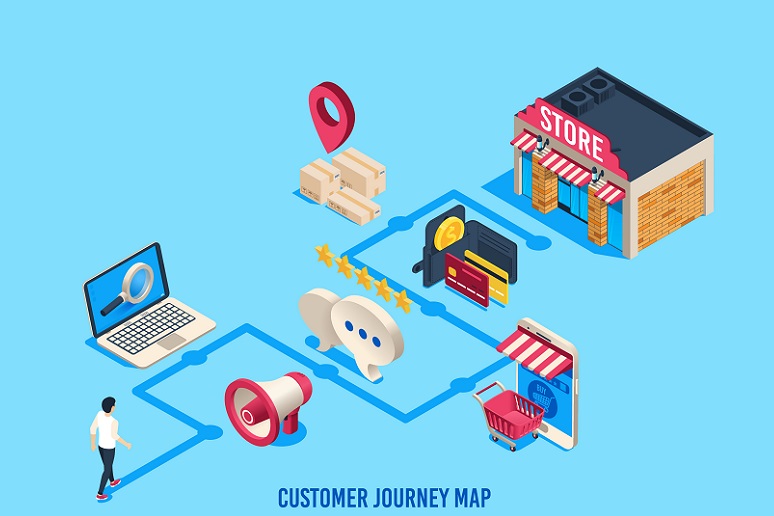In this frustrating time of COVID-19, more than ever, customer interactions must be frictionless and seamless, while creating memorable experiences and lasting impressions.
Journey or Lifecycle?
Making a customer journey actionable starts with understanding the customer lifecycle — yet based on the questions she gets in her practice, many companies don’t understand the difference between the two, D’Antonio said. The customer lifecycle comprises these five stages: Awareness – gained through advertising, word of mouth, events, and so on.
- Consideration – involves proactive engagement with offers and content at the right time and place
- Evaluation – marketing and sales engages with hyper-personalized product information
- Purchase – sales completed
- Post-purchase support – personalized service, training, or repairs
- Nurturing/advocacy – use of rewards programs to build loyalty and next-best actions for continuous engagement
The customer journey is what customers do — behaviors and transactions, for example — at each of these stages, she explained. An example is how a brand feels about the customer and their experience throughout the entire lifecycle, “and that can be determined through loyalty, metrics, retention, NPS, and even ratings and reviews,” she said. To understand how customer feels at each stage, a company must assess factors such as loyalty and retention, evaluate Net Promoter Score, and even monitor ratings and reviews, she added.
Just like stories, data makes journeys come alive,” said D’Antonio, emphasizing the importance of analyzing data with the goal of influencing customer behaviors in real-time.
Unless companies have unified, historical, transactional, and behavioral knowledge and data about what customers do throughout their lifecycle, they won't succeed at delivering personalized and relevant interactions that foster positive experiences, D’Antonio said. Without positive experiences, customers won’t become loyal brand advocates — and this means they won’t “spend more time with you in the future and deliver word-of-mouth recommendations to your family, friends, and through social media,” she added.
Journey analysis provides the opportunity to better understand not only a customer's macro experience, but also all the micro steps along the way. This can help the customer experience team engage with a customer at the right time, through the best channel, and in a personalized way. Without a cohesive customer journey management strategy, a company will have difficult in fully achieving their customer experience goals, D'Antonio said. That strategy must entail:
- Aggregating and integrating data from across the organization and third-party resources, and using it to build unified customer profiles
- Analyzing and segmenting data with a goal of predicting engagement opportunities and identifying touchpoints
- Orchestrating next best action
- Measuring results for continuous improvement
In closing, D’Antonio stressed that our “evolving experience economy,” coupled with the current crisis, requires enterprises to pursue a customer-first approach to experience delivery she said. To achieve this, organizations must be aligned strategically and functionally around the customer, she added.
To drive home the importance of customer journey management, D’Antonio closed with master marketer Walt Disney, who said: “You don't build it for yourself. You know what people want, and you build it for them.”









